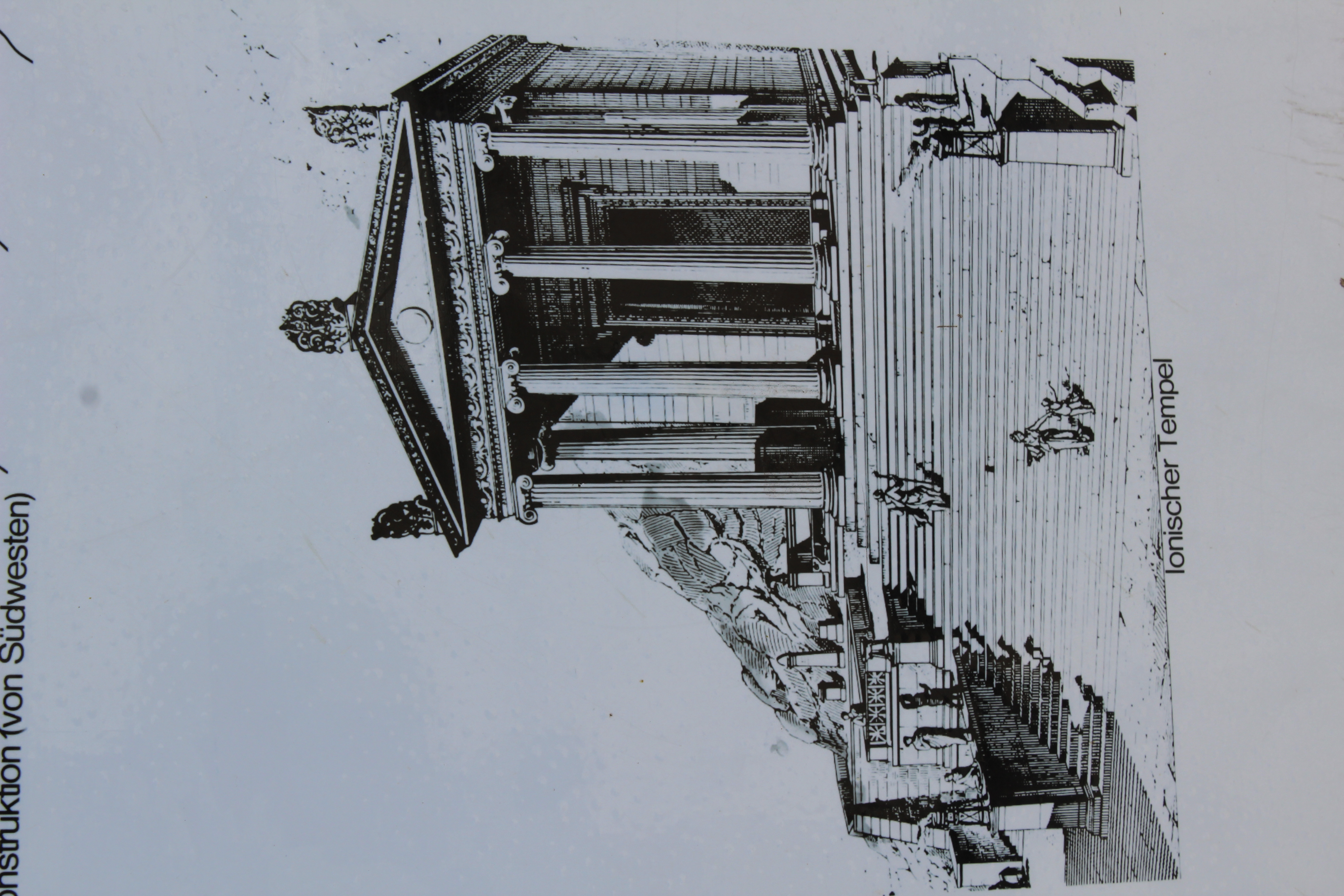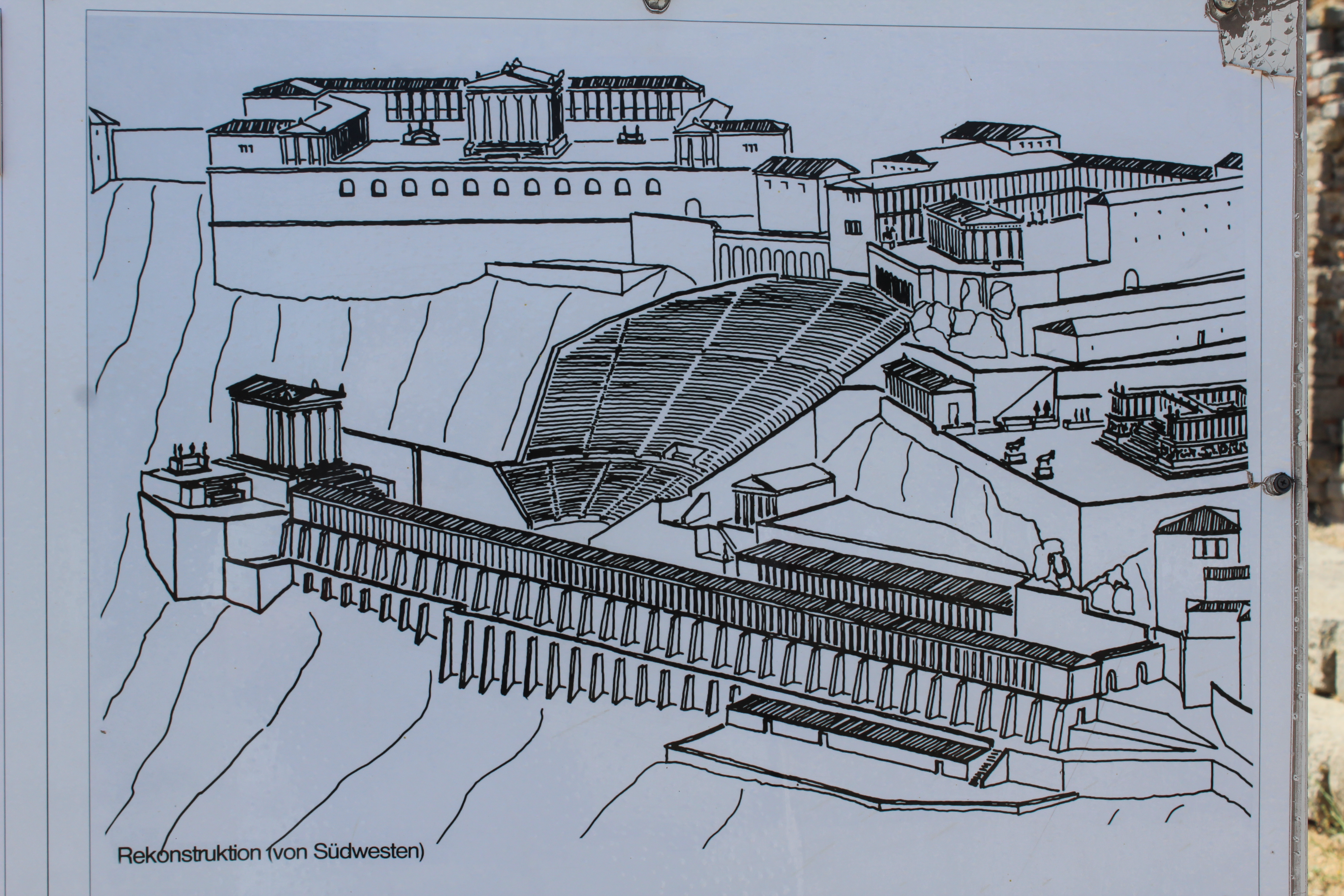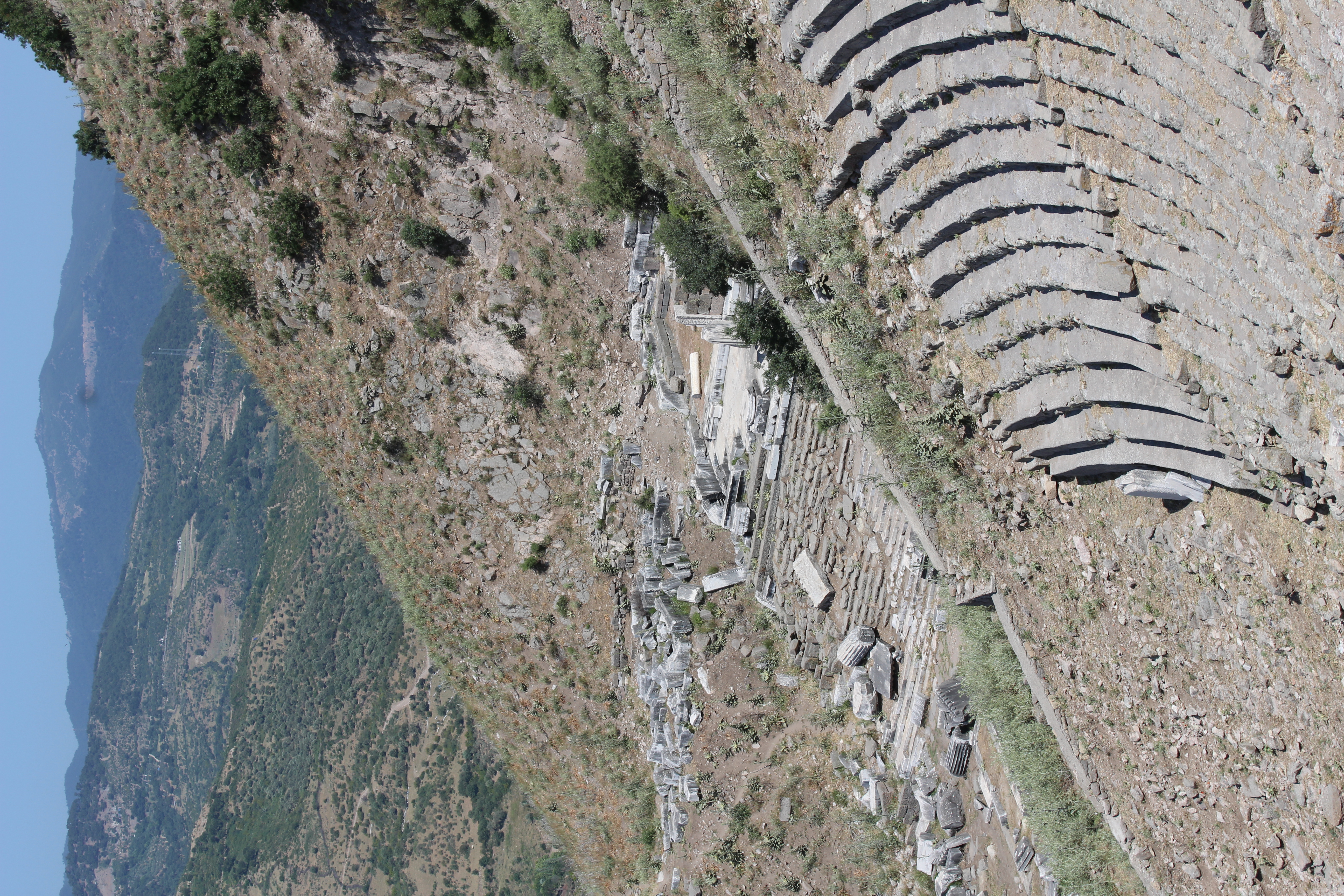
This week, the media coverage of the Paris 2024 Olympics has been abuzz with images of an enactment of a bacchanal—the feast of Bacchus (Roman) or Dionysus (Greek). For many of us, this spectacle is foreign, yet in the ancient Greek and Roman world, it was a commonplace ritual associated with the god of wine and ecstasy.
However, many were outraged by what they saw as a mockery of Leonardo da Vinci's revered depiction of the Last Supper.
The Last Supper marks a pivotal moment in Christian tradition. Jesus shared a meal before his crucifixion with his disciples, symbolizing his sacrifice and the establishment of a new covenant in his blood represented in the Supper by the cup of wine.
As Westerners, we are not accustomed to such competing religious imagery. In ancient cultures, these images convey deep meanings.

While we may not be fluent in these rituals, we can decide which feast, both centered around wine, we would like to partake in.
In one feast, followers like the Maenads and Satyrs indulge in intoxicating beverages, dance wildly in a trance-like state, engage in drunken ecstatic acts, and become one with the god. Filled with indulgence, this feast is carried out with ecstasy and breaking of societal norms.

Alternatively, there is a feast to which we are called by Jesus—the god-man, who lived, was crucified, and raised from the dead. At this feast, he raises a cup symbolizing the new covenant in his blood—the blood that was shed. He is the vine; we are the branches. This feast is about denial and sacrifice. If anyone claims to follow Jesus, they must deny themselves, take up their cross, and follow him.
So, which feast will you partake in? Which cup will you drink? The choice is yours.